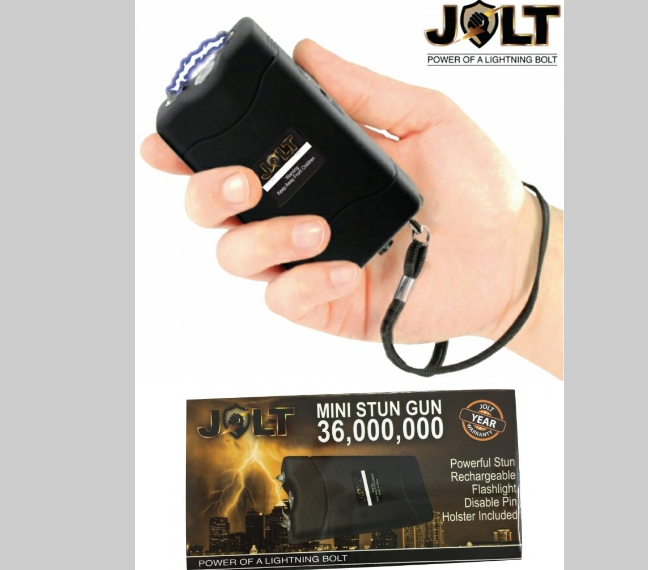How Many Volts is a Taser: Understanding the Electric Shock Weapon
Tasers are widely known as electric shock weapons used by law enforcement and civilians for self-defense purposes. These non-lethal devices are designed to incapacitate an individual temporarily by delivering an electric shock. However, there is often confusion surrounding the voltage of a Taser and how it affects the human body. In this comprehensive guide, we will explore the science behind Tasers, explain their voltage levels, and address safety considerations associated with these devices.

Taser v Stun gun
1. What is a Taser?
A Taser is a brand name and stands for "Thomas A. Swift's Electric Rifle." It is an electroshock weapon that uses electrical currents to disrupt muscle control and temporarily incapacitate a person. Tasers are designed as a less-lethal alternative to firearms and are commonly used by law enforcement agencies worldwide. Civilian versions of Tasers, often called "stun guns," are also available for personal protection.
2. How Does a Taser Work?
Tasers operate on the principle of electro-muscular disruption (EMD). When a Taser is fired, it releases two small, dart-like electrodes that are connected to the device with thin wires. These electrodes are propelled towards the target and deliver an electrical shock upon contact. The electrical current disrupts the body's neuromuscular system, causing involuntary muscle contractions and temporary incapacitation.
3. Voltage of a Taser
The voltage of a Taser is often a subject of misinformation and confusion. Many believe that Tasers deliver extremely high voltages, which is not entirely accurate. Tasers typically have voltage levels ranging from 50,000 to 80,000 volts. However, the voltage is not the sole factor that determines the weapon's effectiveness; it is the current and duration of the electrical pulse that play a more significant role in incapacitating a target.
4. The Difference Between Voltage and Current
Understanding the difference between voltage and current is crucial when discussing the effects of a Taser. Voltage refers to the electrical potential difference between two points, while current is the flow of electric charge between those points.
A Taser delivers a high voltage, but the actual current delivered to the target is relatively low, typically in the milliampere range.
This lower current is what makes the Taser non-lethal, as it does not cause significant damage to the body's internal organs.
5. Safety Considerations
While Tasers are considered non-lethal, they are not entirely risk-free. The use of a Taser can cause injuries, especially if the person being shocked falls or hits an object due to the involuntary muscle contractions. Certain individuals, such as those with heart conditions or pacemakers, may be at a higher risk of adverse effects from a Taser shock. It is essential for law enforcement officers and civilians to receive proper training on the responsible use of Tasers to minimize potential risks.
6. Legalities and Regulation
The use of Tasers by law enforcement and civilians is subject to various regulations and laws in different jurisdictions. In some areas, Tasers are only available to law enforcement personnel, while in others, civilians may be allowed to carry them for personal protection.
Laws may also dictate when and under what circumstances a Taser can be used. It is crucial for individuals to be familiar with the laws in their respective regions regarding the possession and use of Tasers.

Taser shocker 36 000 000 volts
In conclusion, a Taser is an electric shock weapon designed to temporarily incapacitate an individual by disrupting their neuromuscular system. Tasers typically deliver voltage levels ranging from 50,000 to 80,000 volts, but the actual current delivered is relatively low, making them non-lethal. The responsible use of Tasers is essential, as they can cause injuries and may have adverse effects on certain individuals.
It is crucial for law enforcement officers and civilians to receive proper training on the use of Tasers to ensure their safety and the safety of others. Additionally, individuals should be aware of the laws and regulations regarding the possession and use of Tasers in their respective regions.
Remember that Tasers are not toys and should be treated with caution and respect. When used responsibly and within the bounds of the law, Tasers can be valuable tools for personal protection and law enforcement operations.